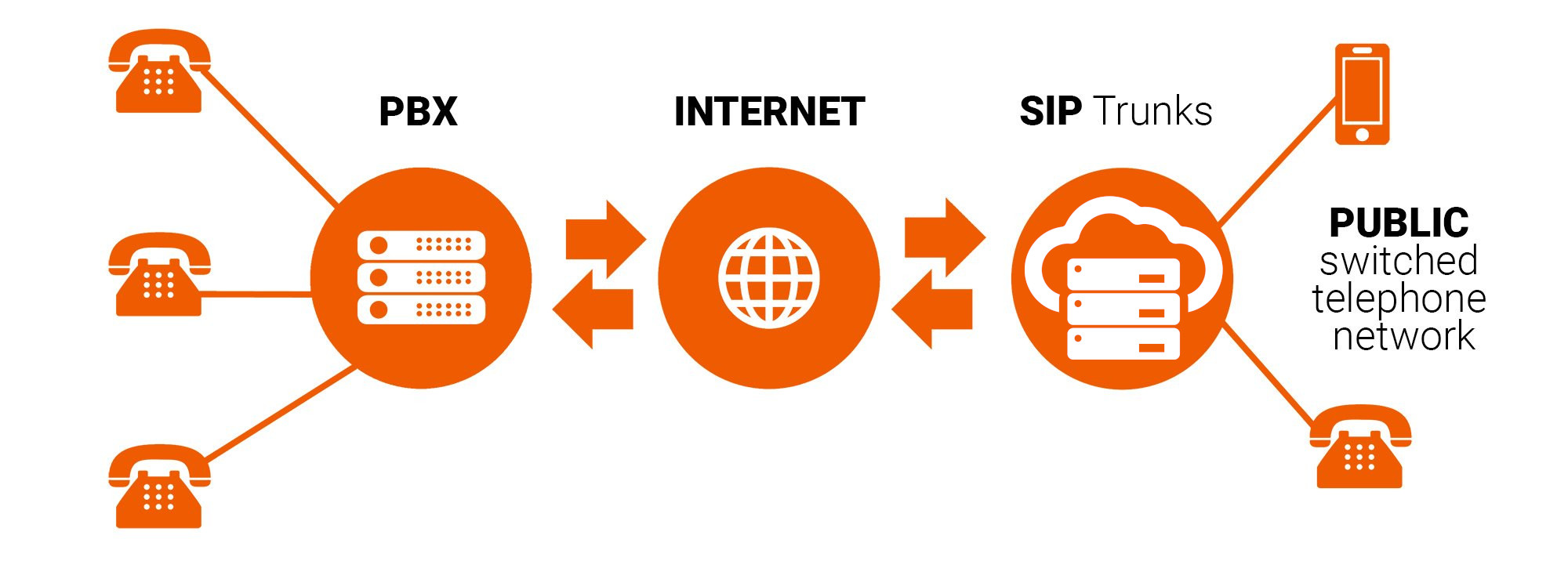VoIP Call Centre Telephony

Using the call centre solution Nixxis Contact Suite provided in conjunction with our leading Software publisher partner Nixxis, provides a comprehensive range of features for your organization to reach new standards in customer care, meet performance targets and improve staff productivity.
Traditional PBX systems for call centres were renowned for their cost – both installation and management – and lack of tools for accurate reporting. Our VoIP call centre solution provides the scalability, management and reporting you need to provide high-quality customer services – at a fraction of the cost of comparable PBX systems.

Benefits of SIP Trunking
If your business relies on your ability to make outbound phone calls reliably and cost-effectively then SIP Trunking offers a considerable number of benefits.
In the past most call centres relied on a Private Branch Exchange (PBX) to connect their calls to their destination via the Public Switched Telephone Network (PSTN). In other words outbound calls would travel from the originator, through the public telephone system via an in-house exchange.
Of course such calls are not cheap; especially en masse. As most standard telephone calls made in this way are charged by the minute the costs of running a call centre can quickly mount up. In today’s business world, where costs need to be managed while maintaining standards of quality, SIP Trunking represents a tempting alternative.
Originally designed in 1996, SIP is a communication protocol which connects, monitors and disconnects VoIP calls. Traditionally the technology has been used to connect two VoIP users so they can talk for considerably less than a traditional land-line call. The only weakness with this system is that SIP required both parties to be connected to the Internet, with “Voice over IP” software installed.
SIP Trunking, however, removes this impracticality. In essence SIP Trunks serve as a direct connection between your company and the Internet Telephony Service Provider (ITSP). It allows your VoIP calls to travel primarily through the Internet, while still connecting with traditional telephones.
As a result there is no need for the recipient to possess VoIP software in order to receive your call. In other words they can be thought of as virtual telephone lines connecting you directly to the main telephone exchange.
